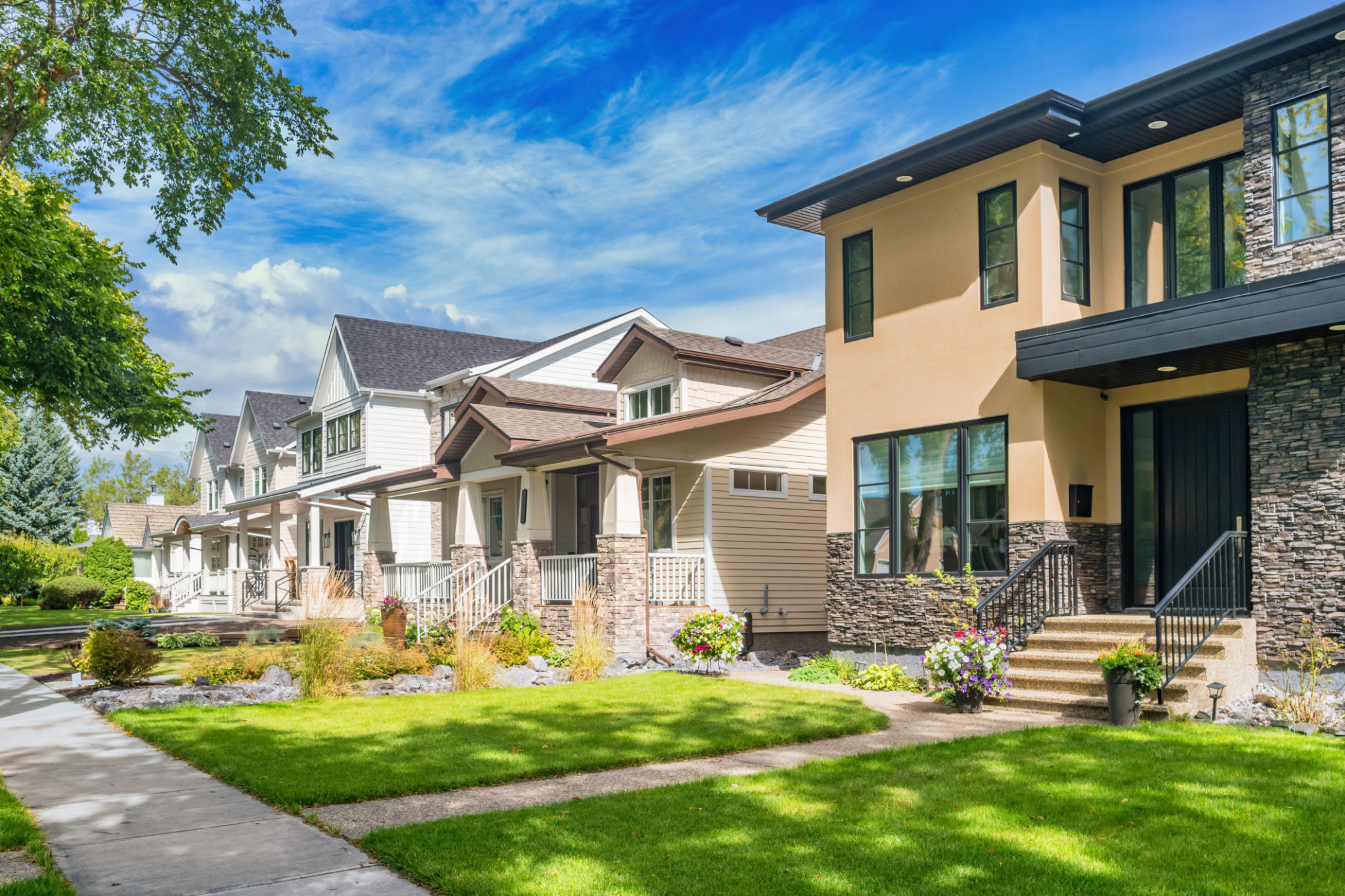Exploring the Impact of Gentrification on Communities
Understanding Gentrification
Gentrification is a complex and often controversial process that can transform neighborhoods and communities. It involves the influx of wealthier residents into a previously lower-income area, leading to increased property values and changes in the local culture and economy. While it can bring about positive changes, such as improved infrastructure and services, it also raises significant concerns regarding displacement and social inequality.

The Positive Aspects of Gentrification
One of the main benefits of gentrification is the revitalization of neglected neighborhoods. It can lead to reduced crime rates, enhanced public amenities, and better educational opportunities. New businesses often spring up, catering to the needs of both new and existing residents, which can boost the local economy. Moreover, improved property values can increase the tax base, providing more funds for public services.
Gentrification can also foster cultural diversity by attracting a mix of people from different backgrounds. This diversity can lead to a vibrant community atmosphere, with a variety of cultural events and activities that enrich the neighborhood’s social fabric.
The Challenges of Displacement
Despite these benefits, gentrification often comes with significant challenges, particularly the displacement of long-term residents. As property values rise, so do rents, which can force lower-income families out of their homes. This displacement disrupts community ties and can lead to a loss of local culture and history. The very essence of what makes a neighborhood unique may be eroded as long-time residents are replaced by newcomers.

Displacement can also exacerbate social inequalities. It often disproportionately affects marginalized groups, contributing to a cycle of poverty and exclusion. As these communities are pushed further out from city centers, they may face longer commutes and reduced access to essential services and employment opportunities.
Balancing Development and Preservation
To address these issues, cities must find a balance between development and preservation. Urban planners and policymakers can implement measures such as affordable housing initiatives, community land trusts, and rent control policies to help mitigate the negative impacts of gentrification. By engaging with local communities in the planning process, cities can ensure that development projects benefit both new and existing residents.
Community engagement is crucial in creating inclusive policies that reflect the needs and desires of all residents. Encouraging local participation in decision-making can help preserve the cultural identity of neighborhoods while still allowing for economic growth and improvement.

The Role of Local Businesses
Local businesses play a pivotal role in the gentrification process. As new residents move in, there is often an increased demand for different types of goods and services. This can provide opportunities for local entrepreneurs to thrive. However, it can also place pressure on existing businesses that may struggle to compete with new entrants catering to a more affluent clientele.
Efforts to support local businesses through initiatives such as small business grants or programs that promote local shopping can help maintain the character of a neighborhood while encouraging economic development.
Conclusion
Gentrification is a multifaceted issue that requires thoughtful consideration and action from all stakeholders involved. By understanding both its positive impacts and its challenges, communities can work toward solutions that promote sustainable and inclusive growth. Through careful planning and community engagement, it is possible to create vibrant neighborhoods that respect both their past and their potential for the future.
|
|
